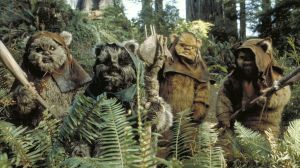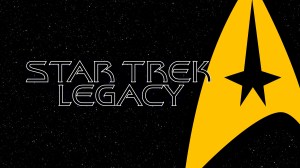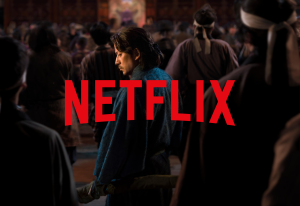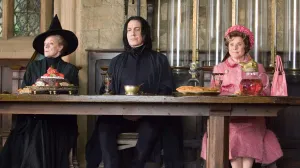Let’s be honest: most of the changes George Lucas has made to Star Wars over the years have been terrible. Blinking Ewoks? Rubbish. Greedo shooting first? Blasphemy. Jedi Rocks? More like Jedi — well, you get the idea. But as tempting as it is to demonize Lucas for all the post-release changes he made to the first six Star Wars films, some aren’t actually all that bad. There are even some alterations that — dare we say it — improve the original films. While many fans of the original trilogy will tell you that the practical models and puppets used in the original film’s productions are part of their charm, you’d be hard pressed to find anyone willing to say the same for all the bad bluescreen compositing.
Videos by ComicBook.com
For every blinking Ewok or Hayden Christensen Force ghost digitally inserted into Star Wars: Return of the Jedi, there’s a more subtle change that actually works in the movie’s favor. To be clear, we aren’t advocating for tinkering with a film once it’s already been released, but since Disney isn’t reversing any of the Special Edition alterations anytime soon, we may as well highlight the ten best changes George Lucas made to his Star Wars.
1) Building a Better Wampa – Star Wars: The Empire Strikes Back
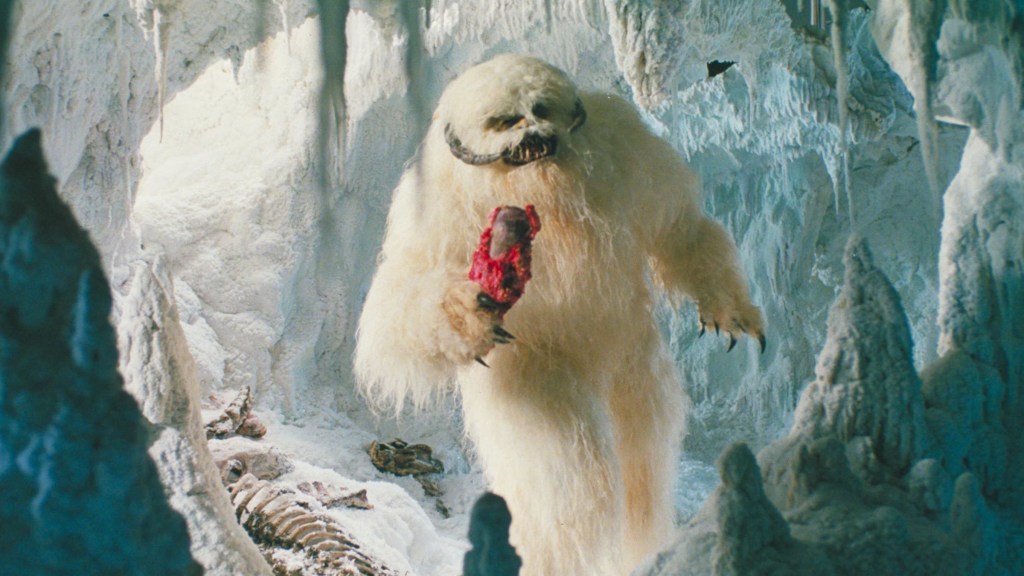
When George Lucas began working on the Special Editions in 1997, he decided to leave The Empire Strikes Back relatively unchanged. That makes sense because, as most fans will attest, there isn’t much to “fix” about the near-perfect sequel. But near-perfect isn’t flawless, and even the most hardcore original trilogy fan will tell you the original Hoth wampa left a lot to be desired. The creature originally only appeared in a few quick close-up shots to mask what the filmmakers felt was a subpar costume.
For Empire‘s ’97 re-release, a brand new wampa was inserted into the film, greatly improving the monster’s presence on screen and making it feel like a much bigger threat to Luke. This new footage works, whereas other Special Edition inserts don’t, because Lucas ditched the computer and went old school, filming new footage of an actor in an improved wampa suit. Sometimes, the old ways just work better.
2) Changing English to Aurebesh – Star Wars: A New Hope

In the original 1977 release of A New Hope, the words written around the Death Star’s tractor beam are in English, presumably because no one at Lucasfilm had yet developed any sort of alien script. In the years leading up to the film’s 2004 DVD release, an official Star Wars alphabet called Aurebesh was developed and used on screen multiple times. So it only made sense for George Lucas to translate the English in A New Hope to the more in-universe appropriate Aurebesh for the movie’s leap from analog home video to digital.
3) Fixing Matte Lines, Luke vs. Rancor – Return of the Jedi
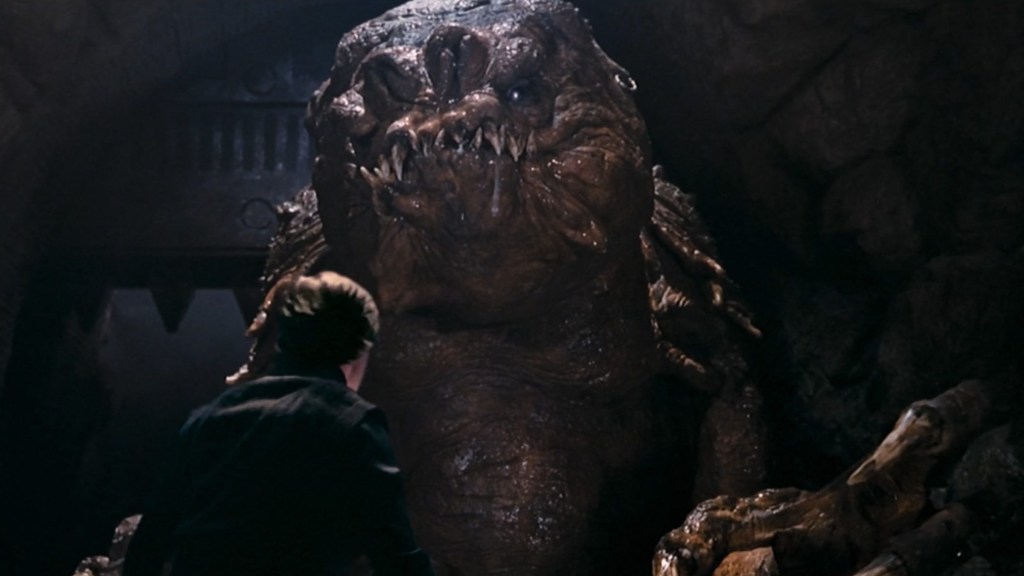
One of the few things computer-generated visual effects have over practical effects is their ability to be composited seamlessly. Composite VFX shots in the original Star Wars trilogy often had unavoidable side effects like transparencies where one object shows through another, or in the case of Luke Skywalker’s scene with the rancor in Return of the Jedi, thick black outlines. Lucas once again decided to give Jedi a glow-up in honor of its DVD release by digitally erasing the matte lines around the rancor, resulting in a much more believable effect.
4) Swapping Out Puppet Yoda for CGI – The Phantom Menace

When it comes to puppets vs CGI, 99 out of 100 times we’re going to choose the puppets. However, the Yoda puppet from the original 1999 release of Star Wars: The Phantom Menace is one time when CGI is preferable. We don’t know what George was thinking when he okayed the Yoda puppet for Phantom Menace, but the thing is creepy and looks almost nothing like its predecessor. Thankfully, Lucas ditched the cursed Yoda design for the next two prequels in favor of a much better-looking digital model.
When the saga made its way to Blu-ray in 2011, Lucas made the right decision and replaced the dead-eyed Yoda puppet in The Phantom Menace with the version of the Jedi master used in Star Wars: Attack of the Clones and Star Wars: Revenge of the Sith.
5) The Return of Biggs Darklighter – A New Hope

Biggs Darklighter was Luke Skywalker’s best friend in the whole galaxy and the person who first told Luke about the existence of the Rebel Alliance. Biggs originally appeared in several scenes throughout A New Hope — including one set at the infamous Tosche Station — but for reasons only George Lucas knows for sure, he was almost entirely absent from the film’s final cut. Lucas apparently had a change of heart when assembling his Special Edition cut of A New Hope and reinserted a scene where Luke and Biggs share a short reunion on Yavin 4 just before the Death Star run.
The inclusion of this minor scene added a new layer of emotional depth to the Battle of Yavin. It was sad enough when Luke Skywalker had to watch a bunch of Rebel pilots he just met bite the dust, but seeing his oldest friend meet a grisly fate at the hands of the evil Empire really cements his newfound devotion to the Rebellion.
6) Opening Up Cloud City – The Empire Strikes Back

Cloud City was based on a beautiful design by legendary Star Wars concept artist Ralph McQuarrie that, sadly, barely made it into the original version of Empire Strikes Back. Aside from a few matte paintings when the Millennium Falcon first touches down on Bespin, the majority of Empire‘s Cloud City scenes take place inside on windowless sets. For the Special Edition of Empire, George used all the digital trickery that 1997 had to offer to open Cloud City up and make it slightly less claustrophobic.
This included adding windows to several corridors and even inserting some new exterior shots that beautifully capture the airborne metropolis.
7) Lightsaber Maintenance – The Original Trilogy

The look of the lightsabers in the original Star Wars trilogy is wildly inconsistent. Bad rotoscoping, awkward camera angles, and poor color timing resulted in color-changing laser swords that changed thickness depending on the shot. Starting with the Special Editions, Lucas tweaked the original trilogy’s sabers several times over the years to give them a cleaner look, more in line with the prequels.
While there are still a few frames here or there that look weird, as of the 2019 4K streaming release of the Star Wars saga, the lightsabers in the original trilogy have never looked better.
8) Luke and Wedge Hug it Out – Return of the Jedi

George Lucas’s various changes to the ending of Return of the Jedi over the years have been controversial, to say the least. One addition, however, had more fans saying, “Awww,” than, “Ewww,” and that’s a brief shot of Luke Skywalker embracing Wedge Antilles. Though he doesn’t get much screen time, Wedge has the distinction of being the only rebel pilot other than Luke to make it through the original trilogy in one piece. It’s only fitting to include a scene where one of the main characters acknowledges Wedge’s contribution to the Rebellion. Our only question is why the shot was ever cut from Jedi in the first place.
9) Canonizing The Outrider – A New Hope

Ever since Disney bought the franchise in 2012, the Star Wars community has been divided over the canonicity of the Expanded Universe. The argument usually comes down to what George Lucas considered canon, and while there are quotes from the creator both supporting the EU and bashing it, the Special Edition of Star Wars: A New Hope offers proof that Lucas at least considered the video game Star Wars: Shadows of the Empire a legitimate part of the saga.
When Lucas was putting together his “new and improved” version of A New Hope, he went out of his way to digitally insert a shot of Dash Rendar’s ship, The Outrider, leaving Mos Eisley. While the Disney era has made it all but impossible for Shadows of the Empire to re-enter canon, thanks to George Lucas, Dash and The Outrider will always be a permanent part of Star Wars.
10) Adding Episode Numbers and Subtitles – A New Hope

This may come as a shock to younger readers, but George Lucas started making changes to Star Wars long before the Special Editions. A long time ago in a galaxy called Los Angeles, Star Wars premiered as just that: Star Wars. The “Episode IV: A New Hope” didn’t come until 1981 when the movie was re-released following the success of The Empire Strikes Back. And while the beloved sequel was technically the first Star Wars film to have an episode number, it was adding one to the first film that really opened the door for the Star Wars fans know and love today.
By re-releasing Star Wars as Star Wars – Episode IV: A New Hope, George Lucas was officially telling fans that this thing they had come to love, this movie that inspired them to pick up sticks off the ground and make “Wooooosh” noises, was part of something bigger. By adding an episode and subtitle to the original Star Wars, Lucas was letting fans know that — to paraphrase Obi-Wan Kenobi — they had taken their first step into a larger world.
What changes George Lucas made to the Star Wars franchise do you think improve things? Let us know int he comments below!



